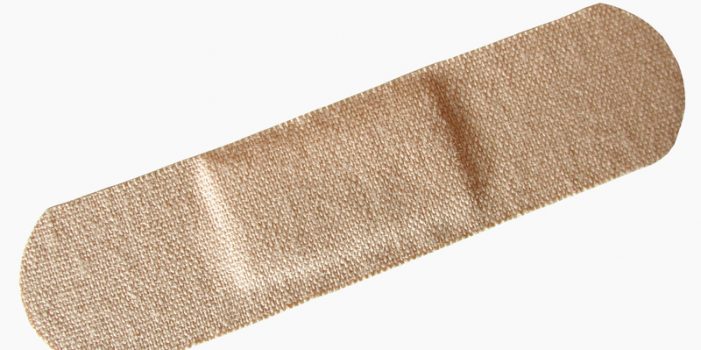Infectious Disease in the TEOTWAWKI World- Part 2, by Militant Medic
…resembles a human the more likely the treatment will hurt you as well. Significant side effects are common with many parasite treatments. Like viruses and fungi, parasites are usually unaffected by antibiotics. Prions are infectious proteins that can cause other proteins to change shape, leading to harmful effects to the host. As they do not contain any genetic material and cannot reproduce in the classical sense, technically they are not living organisms. Prions were not discovered until 1982 and are rare. They are the causative agents of Mad Cow Disease and Kuru. Prion disease is transmitted by eating infected brain and spinal cord tissue. Once acquired there are no treatments and prion disease is universally fatal. So, don’t eat brains. How Do Antibiotics Work? Before we talk about how antibiotics work, I want to discuss something called Antibiotic Spectrum of Activity. Antibiotics are generally classified as Broad-spectrum, Intermediate- spectrum, or…


